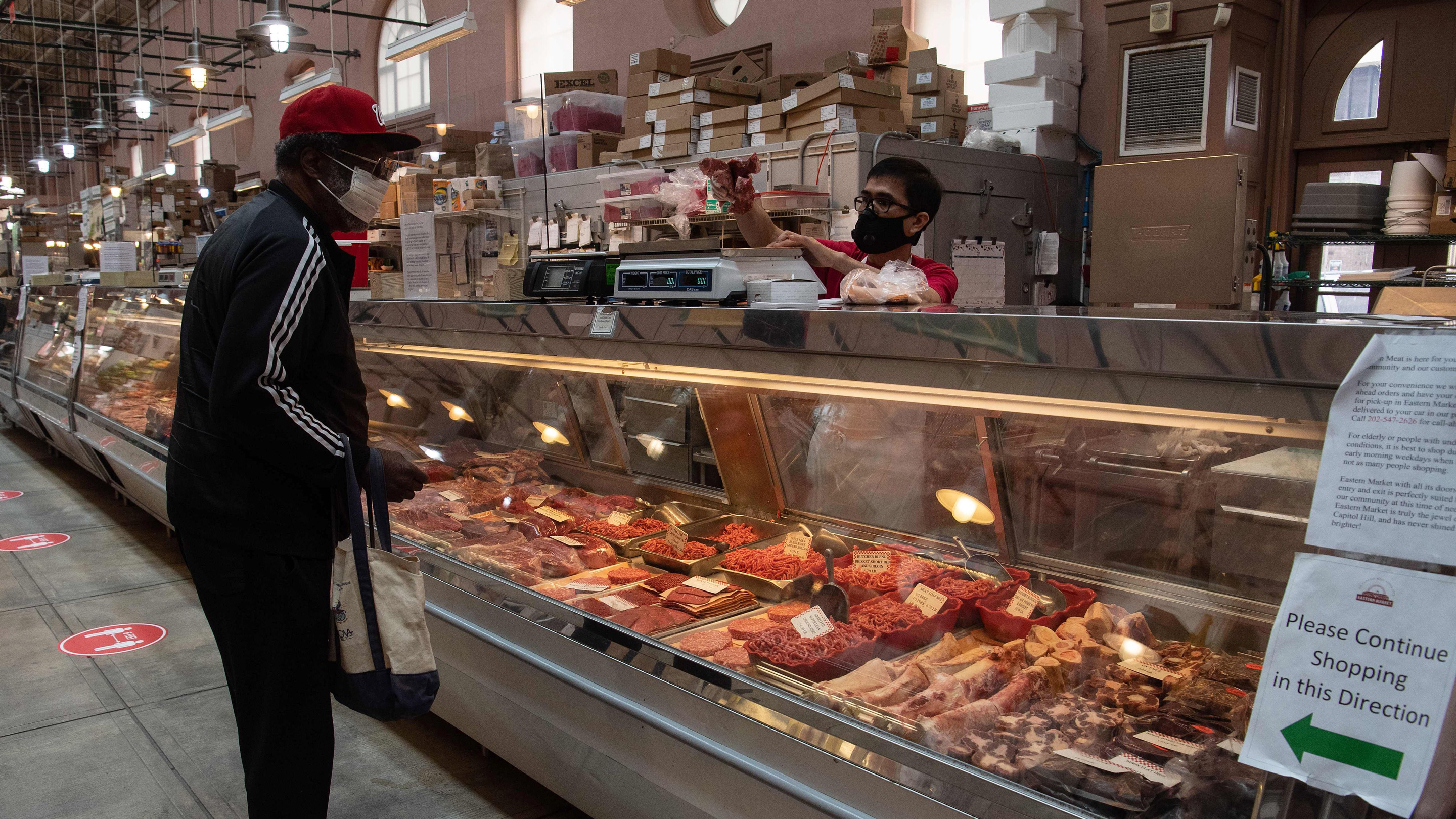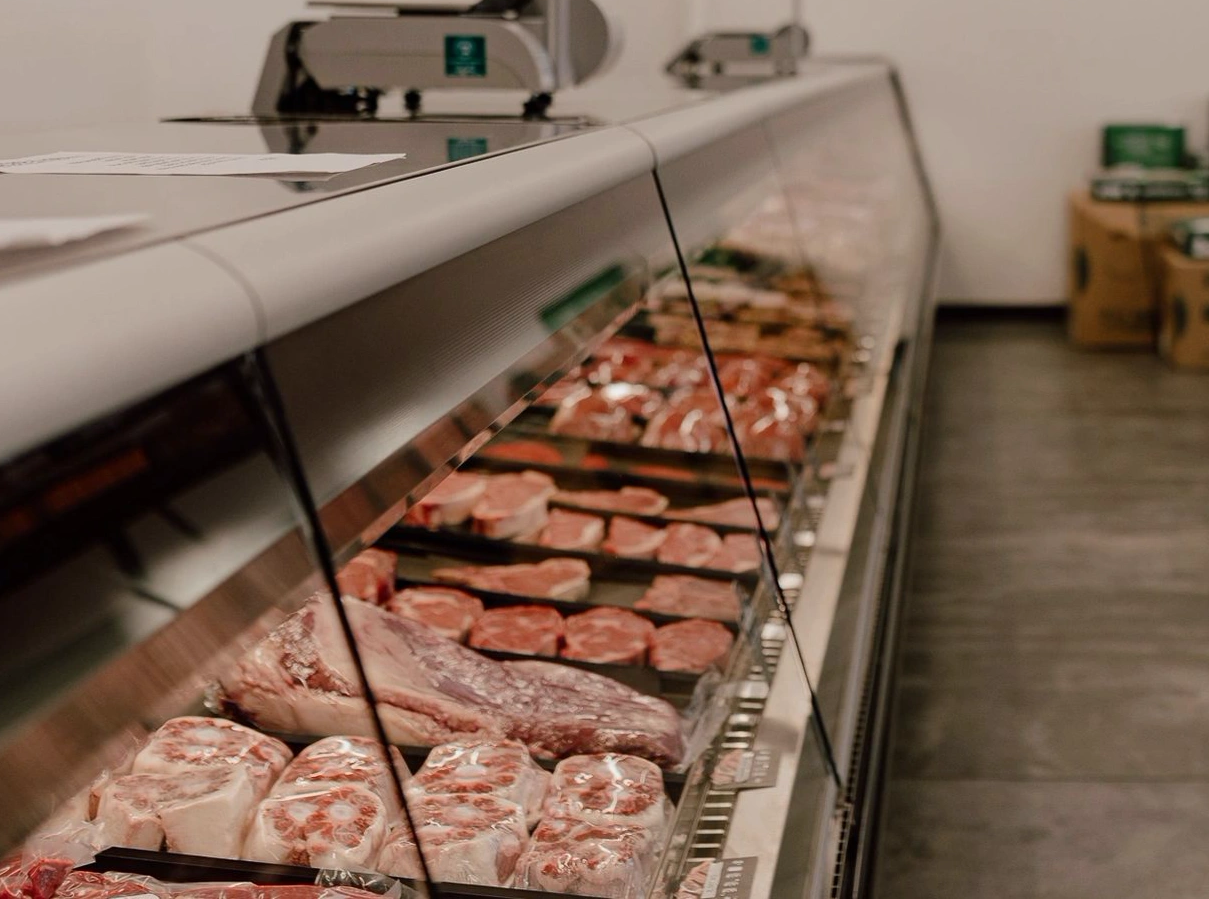Uncover the Art of the Butcher's Cut in a Modern Meat Market
In the ever-evolving landscape of contemporary meat markets, the butcher's cut has transcended its standard origins, combining age-old craftsmanship with modern methods. What truly establishes the modern butcher apart is their capacity to forge a much deeper connection in between consumers and the origins of their meat.
Advancement of Butchery Methods
The evolution of butchery methods mirrors a rich tapestry of technology and adaptation driven by innovations in innovation, adjustments in consumer need, and a much deeper understanding of meat science. Historically, butchery was a craft gave through generations, with techniques honed over centuries to make best use of yield and taste. The industrial transformation ushered in automation, transforming conventional methods and making it possible for large-scale processing.
The mid-20th century saw butchery methods better refined by scientific understandings right into muscular tissue biology and meat aging, boosting both tenderness and taste. Developments like vacuum cleaner product packaging and refrigeration expanded product shelf-life, allowing butchers to diversify offerings and enhance high quality control. This duration additionally noted the surge of customized equipment, such as band saws and meat slicers, which enhanced precision and effectiveness in meat processing.

The 21st century has actually presented electronic modern technology right into the butchery realm. Computerized systems now aid in tracking pet provenance and maximizing cuts to satisfy particular client preferences. Additionally, a resurgence in artisanal butchery has emerged, mixing typical abilities with contemporary understanding to accommodate consumers looking for moral and lasting meat choices. This evolution underscores a vibrant interaction between tradition and technology, conference contemporary demands while maintaining the craft's heritage.
Recognizing Meat Cuts
Comprehending the complexities of meat cuts is crucial for both butchers and customers seeking high quality and value. Each cut originates from a different component of the pet, giving unique tastes, textures, and food preparation methods - bagley farms meat market edwardsville il. Proficiency of these distinctions not only boosts culinary experiences yet also optimizes the utility of each carcass. For butchers, exact cuts reflect skill and regard for the craft, guaranteeing marginal waste and optimal return.

Recognizing muscle mass composition is essential; muscular tissues utilized much more frequently by the pet have a tendency to be tougher and are best matched for sluggish cooking methods, while less-used muscular tissues, like those discovered in the loin, are much more click to investigate tender and ideal for cooking or roasting. Experience with these distinctions encourages consumers to make enlightened options, enhancing their cooking endeavors.
Picking High Quality Meat
Choosing the ideal meat involves greater than just choosing a visually attractive piece from the display screen. bagley farms meat market edwardsville il. The art of selecting top quality meat requires a critical eye and knowledge of details features that represent freshness and quality. First of all, take note of the shade; beef needs to have a brilliant, cherry-red shade, while lamb should show a soft pink tone, and pork a pale pink. This shows the meat is fresh and hasn't been exposed to oxygen for as well lengthy.
Secondly, think about the marbling, which describes the white streaks of fat within the muscular tissue. Proper marbling is a key sign of tenderness and flavor, as it melts throughout food preparation, improving the meat's juiciness. Bear in mind, greater marbling often correlates with premium quality cuts, such as USDA Prime.
Structure is one more vital aspect; meat needs to really feel strong to the touch, not slimed or excessively soft. Furthermore, be conscious of the fragrance. Fresh meat Recommended Reading must have a tidy, neutral odor, without any type of sour or off-putting odors.
Matching Cuts With Food Preparation Approaches

On the other hand, harder cuts like brisket and chuck roast are abundant in collagen, which breaks down into gelatin when prepared gradually. These cuts are ideal for braising or sluggish roasting, enabling the meat to soften over time and develop deep, complicated tastes. In a similar way, cuts such as brief ribs and pork shoulder fare well with slow-cooking methods, where extended cooking times transform their robust structures right into delicious recipes.
Lamb shanks and oxtail, which need extended food preparation to soften, are best prospects for cooking or slow-moving simmering. These approaches coax out abundant, passionate tastes while preserving wetness. By comprehending the special attributes of each cut, cooks and home chefs alike can raise their culinary creations, guaranteeing each meal is both satisfying and memorable.
The Butcher's Duty Today
Browsing the evolving landscape of the modern-day visit this web-site meat market, the butcher's role today expands beyond simple preparation of cuts. Contemporary butchers are culinary craftsmens, educators, and supporters for sustainable methods.
Along with crafting accurate cuts, butchers currently engage directly with consumers, providing cooking suggestions and customizing choices to fit specific demands and preferences. Their experience in meat aging, marbling, and flavor accounts encourages consumers to make educated choices, enhancing their culinary experiences. This individualized solution exemplifies the butcher's progressing duty as a relied on advisor in the kitchen area.
In addition, butchers are pivotal in reducing waste, making use of entire pets to create diverse products such as sausages and supplies. This thorough approach not only respects the animal however additionally straightens with modern sustainability goals. This way, the contemporary butcher symbolizes both practice and technology, adapting to an ever-changing market while preserving the creativity and stability of their craft.
Final Thought
The modern butcher's craft delicately weaves typical strategies with modern-day innovations, emphasizing sustainable practices and ethical sourcing. Mastery in understanding diverse meat cuts and quality indicators empowers butchers to provide informed recommendations, aligning specific cuts with optimal cooking methods. This knowledge not only elevates culinary experiences yet additionally reinforces the link between consumers and the origins of their food. By recognizing historical techniques while accepting contemporary demands, the butcher's duty stays crucial in today's sophisticated meat market (bagley farms meat market edwardsville il).